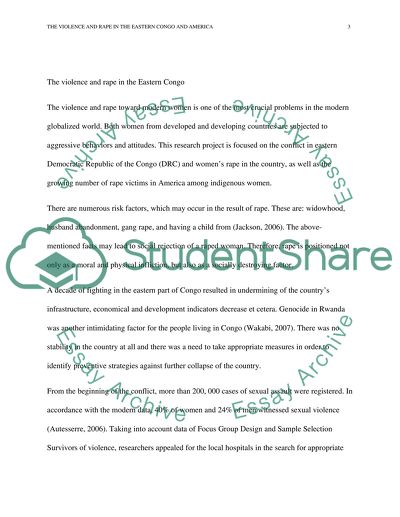Cite this document
(“What are your solutions to stop rapes on Natives American women and Thesis”, n.d.)
Retrieved from https://studentshare.org/journalism-communication/1396928-what-are-your-solutions-to-stop-rapes-on-natives
Retrieved from https://studentshare.org/journalism-communication/1396928-what-are-your-solutions-to-stop-rapes-on-natives
(What Are Your Solutions to Stop Rapes on Natives American Women and Thesis)
https://studentshare.org/journalism-communication/1396928-what-are-your-solutions-to-stop-rapes-on-natives.
https://studentshare.org/journalism-communication/1396928-what-are-your-solutions-to-stop-rapes-on-natives.
“What Are Your Solutions to Stop Rapes on Natives American Women and Thesis”, n.d. https://studentshare.org/journalism-communication/1396928-what-are-your-solutions-to-stop-rapes-on-natives.


